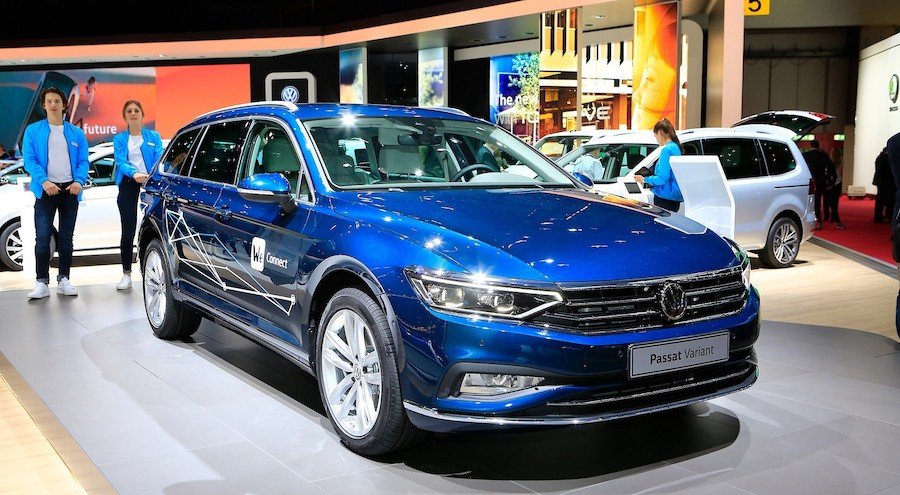Volkswagen Passat EV Will Probably Arrive As Early As 2021

Introduced two years before the Golf debuted to much critical acclaim, the Passat is looking forward to the future with one eye on electrified propulsion.
B8 is how the current generation is called, in production since 2014 for the 2015 model year. Available as a sedan or as a five-door station wagon, the Passat can also be had with a plug-in hybrid powertrain. Baptized GTE, it combines the 1.4-liter TSI engine with an electric motor.
The all-electric range of 56 kilometers (35 miles) is impressive in its own right, but Volkswagen wants to push the envelope to beyond 13 kWh for the lithium-ion battery. Better still, the 1.4 TSI could be replaced by a second e-motor in the next generation of the 'Sat.
Johan de Nysschen, the man who used to run Cadillac, is now the chief operating officer of Volkswagen in America. Speaking to Roadshow at the 2020 Chicago Auto Show, he let it slip that "its successor will probably not feature an internal combustion engine."
Revealed in March 2018 at the Geneva Motor Show, the I.D. Vizzion concept car would be our guess for the building block of the Passat EV. Underpinned by the rear- and all-wheel-drive vehicle architecture of the ID.3 electric hatchback, the one-off show car was followed by a station wagon at the 2019 edition of the Los Angeles Auto Show.
It was there that Volkswagen confirmed a production version for 2021, likely coming to dealerships for the 2022 model year. Given how long it takes for the German automaker to replace a generation with another one, the timing appears to be just about perfect.
The U.S. specification, which plays second fiddle to the European version, could definitely go electric in order to bring new customers to the brand that fooled millions of customers with the Dieselgate scandal. As for the EU specification, it's hard to imagine Volkswagen renouncing a golden goose for the sake of going fully electric. But still, 111 kWh and 355 horsepower should help the Passat EV take on the Tesla Model 3.
Related News
